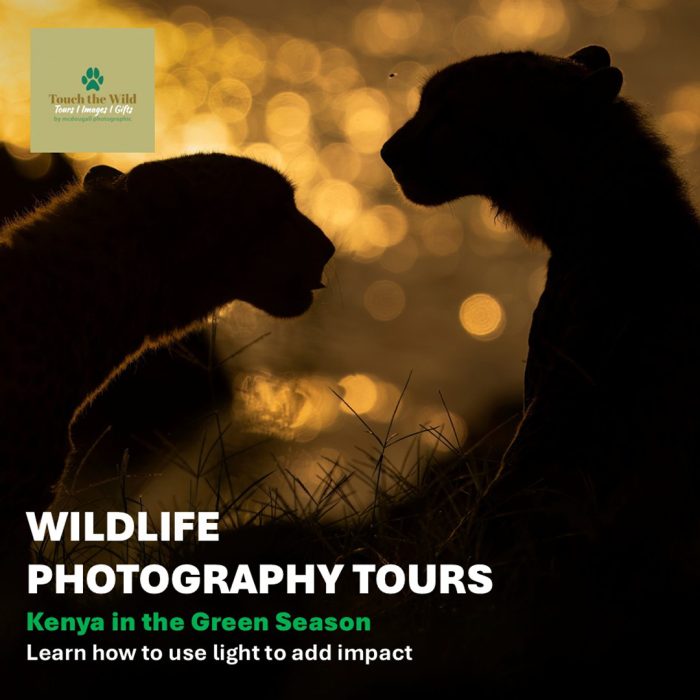Kenya - Samburu in the Rainy Season
Cost
Genre
Aimed at

Start Date
End Date
Duration
Group Size
Trip Details
Located on the edge of Kenya’s vast, hot and arid northern region, It is a photographers dream with Samburu’s rugged scenery, endless skies and vast panoramas creating a powerful and unique backdrop for some of Africa’s rarest game and several hundred bird species.
Samburu National Reserve is one of the 56 protected areas in Kenya. It is famous North of the equator because of the richness of flora and fauna found there; it can be reached through Nairobi-Isiolo-Marsabit road and Maralal-Wamba-Isiolo road. Lying on the flood plains and bottom land of Ewaso Ngiro drainage system in the Great Rift Valley. It rises to an altitude of 2785 ft above sea level and covers an area of 390 km2.Samburu National Reserve was established in 1948 as part of the enormous Marsabit National Reserve under the national park ordinance.
The reserve is part of the ancestral territory of the colourful Samburu people, close relatives of the Masai, and is home to a number of species rarely found elsewhere in any number.
Species to be seen include, Grevy’s zebra, Reticulated giraffe, Greater and Lesser Kudu, Beisa oryx, and the long-necked gerenuk, a graceful antelope that spends much of its time on its hind legs seeking out succulent leaves in the withered scrub that dots this harsh terrain.
Samburu’s dramatic scenery is scorched for most of the year by the relentless equatorial sun, but the wide Ewaso Ngiro River offers some relief. This river rises some hundreds of kms to the west in the foothills of the Aberdares and eventually vanishes beyond Samburu into the recesses of the Lorian Swamp, but is at its wide and dramatic best in the reserve, where you can see large numbers of crocodile on sandbanks at almost every turn. There are also many hippos, and the banks are lined with giant acacias, figs and doum palms, which provide shade and a vital food source to the wildlife that comes to the water. Herds of elephant roam the gaunt hills that punctuate the scrubland, some appear a vibrant red colour after rolling and bathing in the mud and dust.
I have been leading groups and photographing in Samburu for the past 20 years. The timing of this trip coincides with the green season, from mid April to the end of May Samburu transforms from a baron and dry wilderness to a paradise full of many different shades of green. It is a photographers dream with Red Elephants against green backgrounds with blue cloudy skies. The birdlife is also abundant with many migrants adding splashes of vibrant colour across the green landscapes. Big cats are also seen frequently against some of the most spectacular African backdrops that you will find anywhere. Add to that clear night skies with endless stars and very low vehicle numbers. It is a safari destination that few visit but should be on everyone’s bucket list.
On this photographic safari I will teach you how to make the most of the incredible backgrounds and enhance your images. I will cover many creative techniques throughout the trip and due to the small group numbers will always be on hand to work one to one on specific goals and photographic interests.
Samburu as a destination is one of a kind and a truly unique place to explore create and take your photography to a different level.
In Addition to Samburu we spend a day in Lake Nakuru to photograph the flamingos and Black and White Rhino. Then at the end of the trip we stay in Naivasha and take a boat trip to photograph the incredible African Fish Eagle catching fish by the side of the boat, we also will look for other birds such as the Giant Kingfisher
Contact the organiser

*All trips are provided by private suppliers. Users should check that the provider complies with all relevant regulations before committing to booking.
